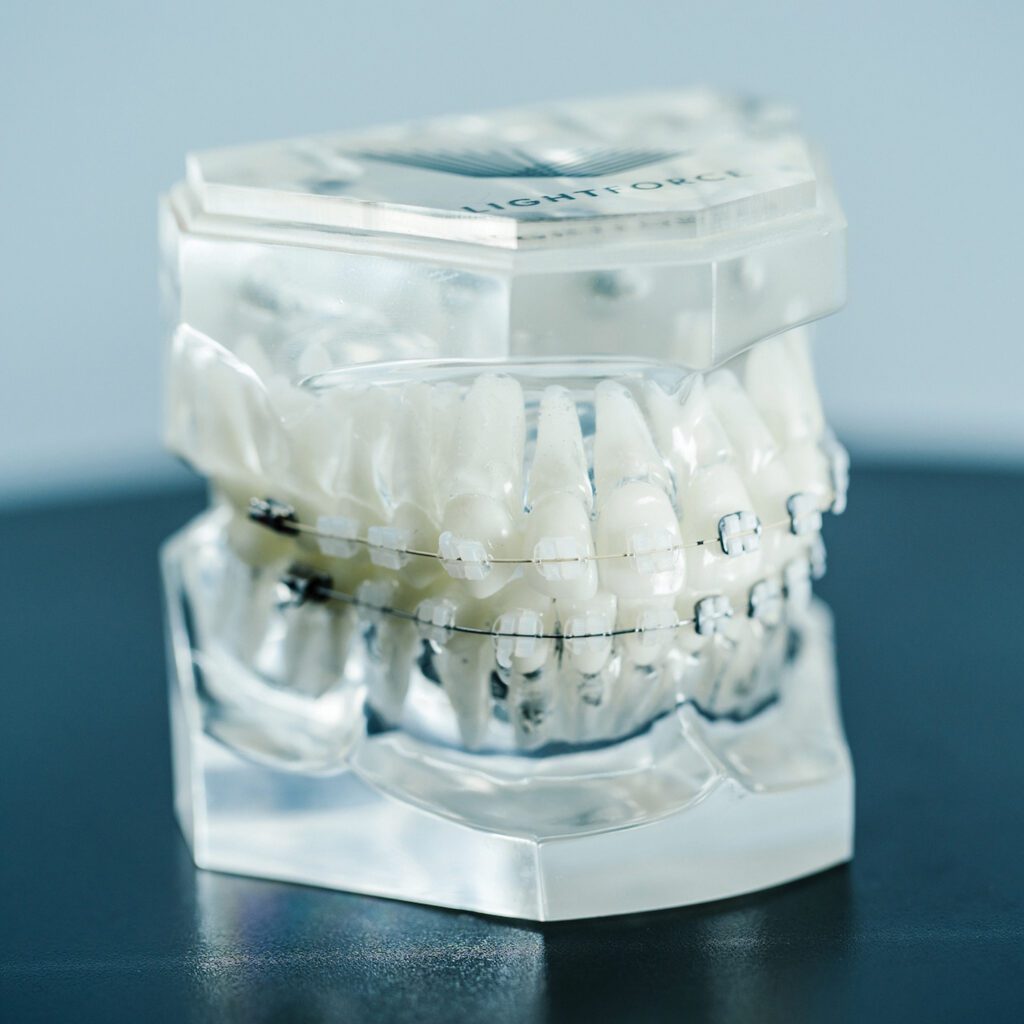Annual Oral Health Section
This innovative system utilizes 3D printing technology to create custom brackets.
Why Are Custom Brackets Important?
Brackets are the component of braces that adhere to the tooth’s surface and connect each tooth to the archwire. The three-dimensional configurations of bracket bases and their slots allow the wires to guide the teeth to their desired positions. Mass-produced brackets are designed for average tooth sizes and shapes. Since they do not account for each patient’s unique tooth morphology, the brackets may have to be repositioned or the archwires custom bent to guide the teeth to their ideal final positions.
How LightForce Works


LightForce provides orthodontists with a fully digital and customizable bracket creation system. This process begins with a scan of the patient’s mouth, which digitally renders the surfaces of the teeth. The teeth and dental arches are then reconfigured in a digital treatment planning platform. After the orthodontist adjusts the digital setup as needed, customized brackets and slots are designed and printed from sturdy yet esthetic ceramanic polycrystalline alumina. These one-of-a-kind brackets accommodate the diversity of tooth anatomy, and additional customizations, such as hooks and slot size, benefit specific treatment needs. LightForce also creates 3D printed trays to aid the bonding process.
What Are the Benefits?
Thanks to LightForce, brackets are more precise than ever. The custom fit speeds up the alignment process and yields optimal results. By conforming to your teeth, LightForce brackets improve straightening accuracy and may also reduce discomfort. Advanced 3D printing technology produces consistent quality among printed items, and ultimately allows for efficient and effective treatment.
An Expert Weighs In




